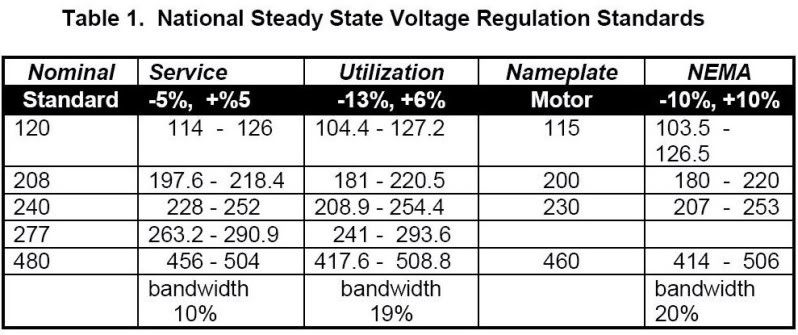As mentioned, this is just the way Europeans list dual voltage motors. For THEM, dual voltage is accomplished simply by connecting the motor windings in a Star (Wye) pattern for their higher voltage, i.e. 400V, or a Delta pattern for their lower voltage, i.e. 230V. They do it that way in all countries where they use both voltages and in countries where they don't, the people theoretically know enough not to use the wrong voltage.
But here in North America, and in particular the US, we don't do it that way. For us, a dual voltage motor is 460 or 230V, accomplished by putting the windings in series or in parallel, not Delta or Wye. This is a completely foreign to an EU company who is not making a "global" product. So if they make their motors available for sale in the US, they are adapting their nameplates to suit us. If you use a motor designed for 400V 50Hz, you can DIRECTLY use it at 460V 60Hz, the V/Hz ratio is well within tolerance; 400/50 = 8:1, 460/60 = 7.67:1, and the tolerance is +-10%. But because they are USED TO putting the dual voltage information on the nameplate, they go ahead and do it. That then means that for us, the motor voltage is connected in Delta is 460/1.732 = 255.6 or rounded to 266V. There is no such animal though, it's just a fluke of the nameplate values.
If you apply 230V to it, you are going to under-flux the motor by a percentage that is now far outside of the design tolerance. The motor will have significantly less torque, which means higher slip, it will pull more current and will over heat if fully loaded. You either need to use a buck-boost transformer to get your 230V up closer to 266V, or just go get an off-the-shelf transformer and run it with 460V.


